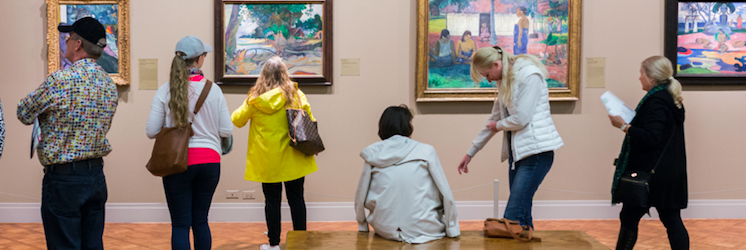Here are the top reasons why those with interest do not attend - cut for millennials and non-millennials.
Over the last several weeks, I’ve been sharing market research cut by millennial and non-millennial members, visitors, and potential visitors to cultural organizations. We’ve covered the three strategic keys to reaching and retaining millennials, the top benefits of membership for all audiences, and the profiles of both current and potential visitors to cultural organizations. As usual, the cultural organizations in these data sets include nonprofit visitor-serving organizations such as museums, zoos, aquariums, performing arts organizations, botanic gardens, and...Sign in to KYOB+
Not a member yet?
Never miss the latest read on industry data and analysis.



